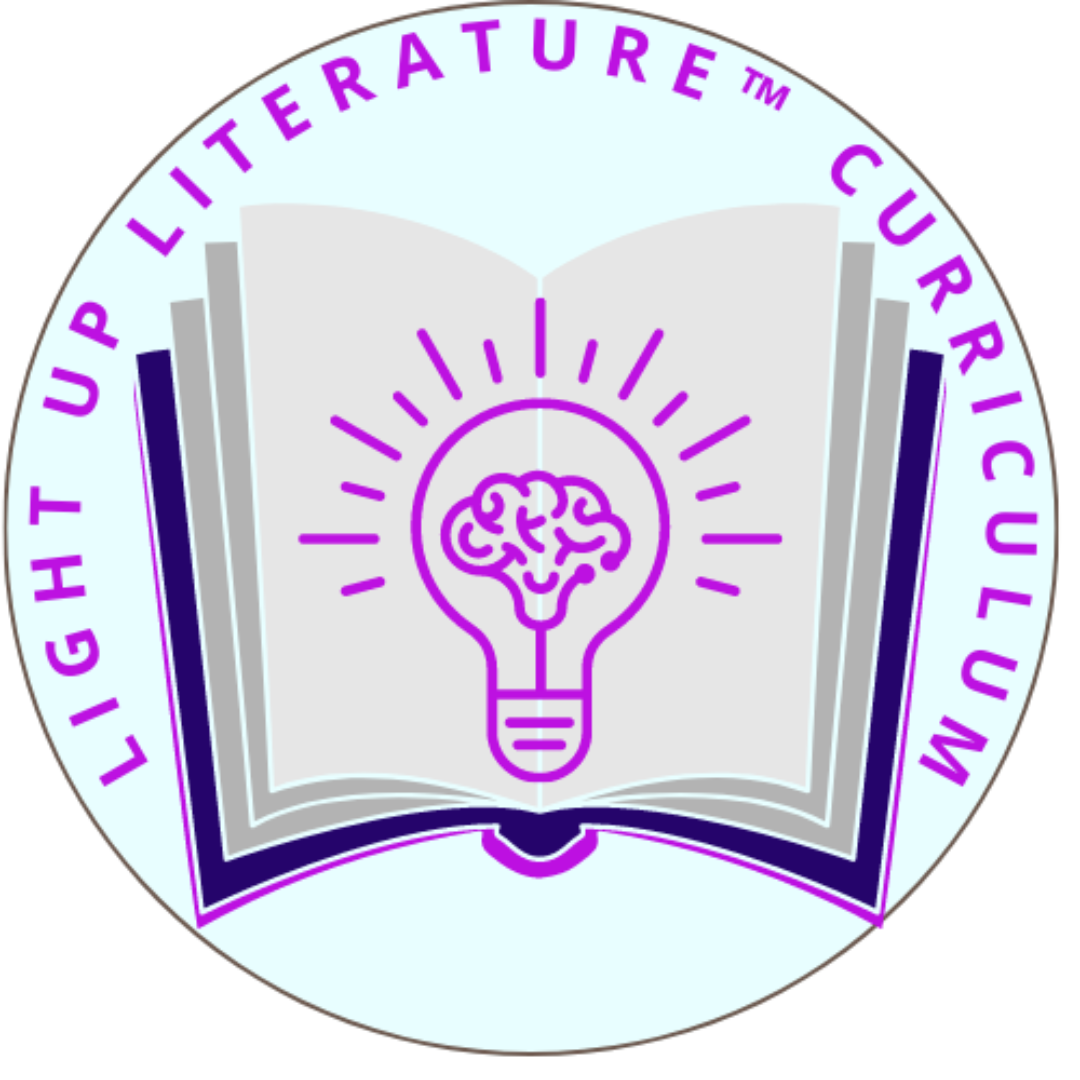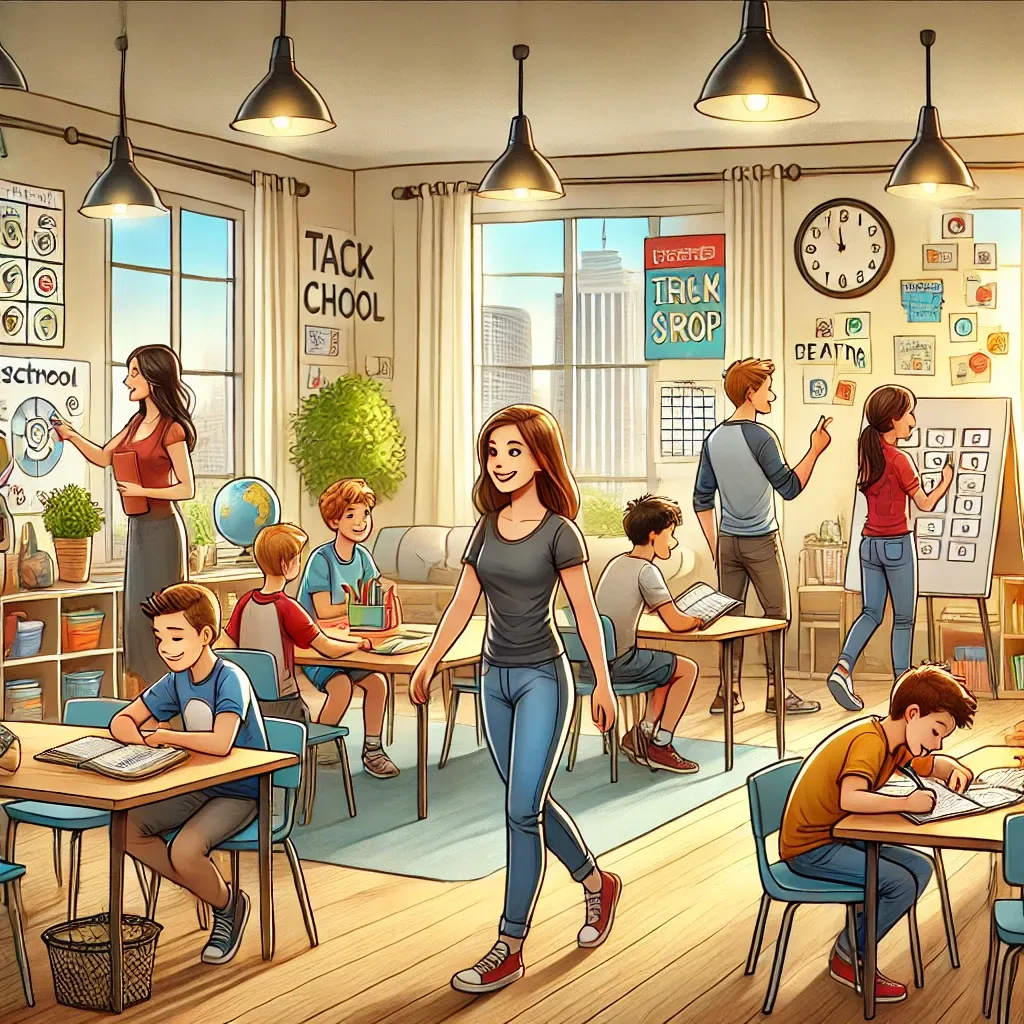Dirt, Dollars,& Dog TreatsA Multi-Sensory, ADHD-Friendly Approach to Real-World Learning with Gardening, Financial Literacy & ELA (Without Boring Anyone to Death)

Dirt, Dollars,& Dog TreatsA Multi-Sensory, ADHD-Friendly Approach to Real-World Learning with Gardening, Financial Literacy & ELA (Without Boring Anyone to Death)
How This Totally Unplanned Lesson Turned Into the Best Kind of ADHD Homeschool Win
Spring has officially sprung, so let’s move the classroom outside for our kiddos with ADHD. Because let’s be honest: sitting still with a book in their lap just doesn’t hit the same as hands in the dirt and a story playing in the background.
Now, I didn’t plan this lesson. I was just trying to clean my house while listening to Rich Dad Poor Dad (the 20th Anniversary edition) on audiobook—something I’d been meaning to "read" but hadn’t made time for yet.
Spoiler: I don’t love cleaning. I don’t usually get excited about finance books either. But this one? It hooked me. It told stories, it didn’t lecture, and it made sense. I actually kept listening long after the house was clean. ADHD win.
Later that day, while filming a behind-the-scenes garden video for YouTube, our neighbor’s dog wandered by, and I tossed her one of the homemade biscuits we’d converted into Strawberry Squares dog treats earlier.
That’s when it hit me:
This wasn’t a coincidence. It was a multi-subject, sensory-friendly, ADHD-happy homeschool experience that actually worked.
“Sometimes the best lessons don’t come from a plan. They grow organically—in the dirt, in the decisions, and in the doing.”
🌱 PART ONE: Start in the Dirt
Gardening Is the Anchor—Not the Lesson
Look, I like gardening, but I’m not exactly a green-thumb goddess. I do better with vegetables than flowers (and yes, I know I should say "vegetables" not "veggies," I’m trying to model good English teacher behavior).
Tell your kid it’s time for reading class and give them a choice:
Go outside and clean a section of the yard while listening to Rich Dad Poor Dad Chapter 1
Or sit down and do a traditional ELA lesson
If they resist, just ask them to try it for one chapter. That’s it.
Why it works for ADHD minds:
🧠 STAT: A Current Pediatric Research study found that sensory gardens significantly improved functional behavior in ADHD kids.
🧠 STAT: American Journal of Public Health found green outdoor spaces help reduce ADHD symptoms.
Even though movement and listening aren’t traditionally paired in ELA, this combo helps calm the sensory system and makes the brain more receptive to information. You’re not doing science. You’re doing regulation, focus, and ownership.
And bonus: Dale's Cone of Learning tells us that listening while doing increases retention more than listening or reading alone.
Welcome to the ADHD-approved double dip:
✔️ Reading comprehension through audiobook
✔️ Financial literacy
✔️ Sensory and executive function regulation
💸 PART TWO: The Double Dip
Financial Literacy + Movement + ADHD Brains = Learning That Sticks
While your kiddo is pulling weeds, watering plants, or just prepping the garden space, they’re listening to stories that explain:
The difference between working for money and having money work for you
How real investing works
That your mindset about money matters more than your income
🧠 STAT: Reading Horizons reports ADHD students show better comprehension and fluency when moving while listening.
They’re not zoning out. They’re imagining. They’re thinking. And they’re doing it all in a setting that helps their brain focus.
🛒 THE $10 DOLLAR TREE CHALLENGE
How to Check for Comprehension Without a Test
Time for the real-world application. Give them $10 and say:
"Based on what you learned in Chapter 1, how would you spend this to help your garden and make your money work for you?"
Then take them to Dollar Tree and let them decide.
They’ll:
Budget
Prioritize
Think strategically
Own the outcome
ADHD kids don’t need a worksheet to show understanding. They need ownership. Plus, seeds are 4 for $1.25. Watering stakes? Yep. Garden tools? Right there.
And fun fact:
🔹 STAT: Nearly 29% of entrepreneurs have ADHD (Harvard Business Review) — nearly 3x the general population.
Because ADHD brains?
Think outside the box
Take risks
Innovate quickly
Obsess over ideas (in a good way)
This $10 challenge gives them a taste of entrepreneurial thinking, real-life math, and smart decision-making.
🧠 PART THREE: Let It Expand
ELA, History, Strategy & Creative Thinking—All in One
This is the best part: turning what they just did into more learning that feels fun and functional.
🗺 HISTORY TIE-INS
Let them explore how gardening shaped the world:
Victory Gardens (WWII)
Tulip Mania (Netherlands)
Gardens of Versailles (power and politics)
Modern Seed Vaults
Then let them choose how to present what they learned:
A comic strip
A TikTok or funny video
Google Slides timeline
Short story or podcast-style audio
💼 BUSINESS THINKING (Not Careers)
We don’t need to prep our kids for jobs. We want them to create value. Let them brainstorm ways to turn their garden into something more:
A veggie stand
Painted pot business
Homemade compost kits
Herb starter bundles
Garden dog treats
Have them design a flyer, logo, price list, or video pitch. This isn’t about launching a business—it’s about thinking like a creator, not just a consumer.
🎨 CREATIVE OUTPUT: Show What You Know
Let them pick how to share what they learned:
Write a journal or blog-style reflection
Create a digital collage
Make a stop-motion video of their garden
Record a voice memo with their money plan
ELA? Check. Research, synthesis, reflection, and communication.
✍️ WRITING WITHOUT RESTRICTIONS
Student Ownership Over Expression
Now if you want to tie in writing, don’t box it in. Say:
"Write about what you learned—anything from the garden, the audiobook, the money challenge, or even the history research."
Offer options:
What surprised you?
What was your best decision with the $10?
If your garden could talk, what would it say?
Would you rather make $100 selling herbs or dog treats?
Let them lead. You’ll get WAY more engagement that way.
🐶 AND THE DOG TREATS?
Oh yeah—remember that part? While I was filming, our neighbor’s dog walked by, and I tossed her one of our leftover Strawberry Squares (homemade fur baby treats). Totally unplanned, totally perfect. Another moment of learning (and love) that just happened naturally.
Bottom line: This might not look like a traditional ELA lesson. But it’s more powerful.
It’s layered, real, meaningful, and full of the kind of growth that actually sticks—in brains, in bodies, and in confidence.
Let the dirt be the start of something brilliant.





